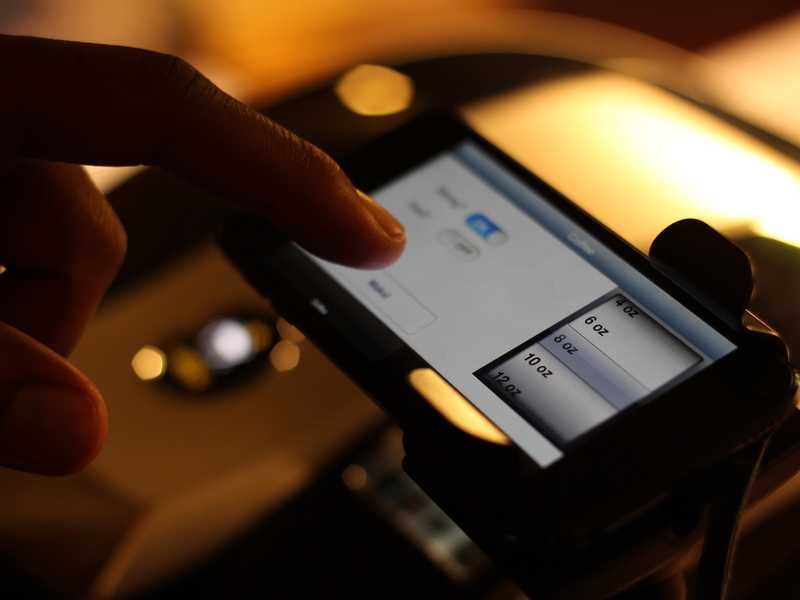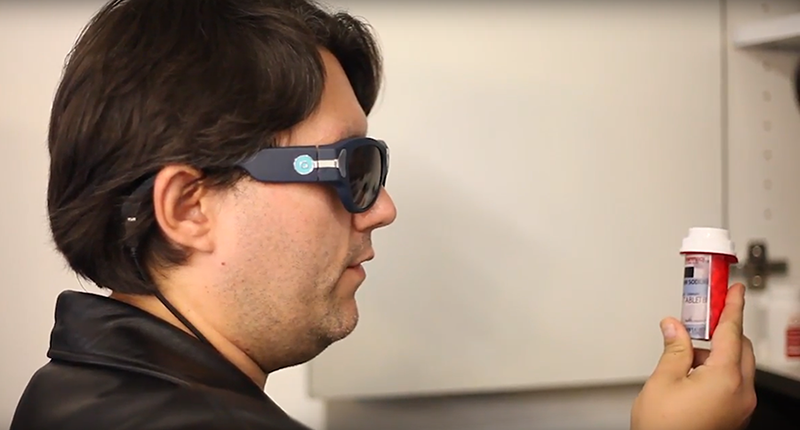Assistive Technology for the Blind: Tools to Transform Lives
Assistive Technology for the Blind: Tools to Transform Lives
Blog Article
Empowering Self-reliance With Assistive Innovation for the Blind
The combination of assistive innovation into the lives of people with visual problems represents a considerable innovation in promoting freedom and self-sufficiency. From cutting-edge display viewers to advanced clever walking sticks, these tools not just enhance daily navigation and communication but also equip individuals to engage meaningfully in various elements of life. As we discover the myriad advantages and real-world applications of these technologies, it ends up being critical to examine the hidden variables that add to their effectiveness and the capacity for future advancements in this crucial field.
Review of Assistive Innovation

The advancement of assistive modern technology is based in principles of inclusivity and empowerment. Developments in software application, equipment, and sensory improvements provide individuals with choices customized to their details demands. From display visitors that transform message to speech, to responsive tools that share info via touch, these devices transform the means people engage with their environments.
Along with functional applications, assistive technology cultivates greater social incorporation and participation in numerous industries, including education and work (Mobility aids for visually impaired users). As research and development continue to evolve, the potential for assistive technology to further boost the lives of visually damaged people remains promising, paving the means for a more equitable culture where everyone can grow
Sorts Of Assistive Devices
A variety of assistive tools have actually emerged to sustain individuals with visual problems, each designed to fulfill details demands and boost daily functioning. These devices vary from low-tech services to high-tech developments, offering diverse choices for users.
Low-tech tools consist of magnifiers and large-print products that help in analysis and writing. Braille devices, such as Braille slates and stylus pens, enable responsive reading and interaction. Alignment and flexibility aids, like white walking canes, aid users navigate their atmosphere securely.
On the greater end of the spectrum, digital zoom systems and screen readers provide substantial assistance. Digital magnifiers allow individuals to expand text and photos on screens, while screen viewers transform electronic web content into synthesized speech, promoting accessibility to details on smart devices and computers.
Mobile phone applications also play an important role, giving attributes like message acknowledgment and navigating support. Wearable innovation, such as smart glasses outfitted with enhanced truth, is emerging as an appealing device to enhance situational awareness.
Advantages of Assistive Modern Technology
The assimilation of assistive modern technology considerably enhances the lifestyle for individuals with aesthetic disabilities. These innovations empower individuals by advertising self-reliance, enabling them to browse their settings more properly and perform day-to-day jobs with better convenience. For example, display visitors and magnification software application enable individuals to access electronic info, promoting educational and professional possibilities that may have previously been out of reach.
In addition, assistive devices such as smart walking sticks and GPS applications offer real-time navigation aid, boosting mobility and safety. This enhanced freedom not just boosts self-worth however likewise motivates social interaction, enabling users to participate even more fully in their communities.
Assistive innovation also assists in communication, helping individuals get in touch with others via voice recognition and text-to-speech applications. This ability is vital for maintaining relationships and accessing essential details.
In addition, the modification alternatives available with numerous assistive technologies make certain that customers can customize tools to their particular demands, better improving functionality and performance. Generally, the benefits of assistive innovation for individuals with aesthetic impairments are profound, advertising a more comprehensive culture where everyone can seek their goals and ambitions.
Case Studies and Success Stories
Highlighting the transformative effect of assistive innovation, various study illustrate exactly how my site individuals with aesthetic problems have actually efficiently integrated these tools into their day-to-days live. One engaging instance entails an university student that made use of screen reading software program to navigate scholastic materials and on the internet resources successfully. This modern technology not just facilitated her education and learning but likewise enhanced her self-confidence in taking part in discussions and team tasks.
An additional study features a professional that utilizes a mobile phone application created for navigation and item acknowledgment. By utilizing this app, he has actually reclaimed autonomy in both his individual and job environments, permitting him to commute separately and involve with associates a lot more successfully.
Furthermore, a retired person shared her experience with braille e-readers, which enabled her to access a vast array of literary works and stay linked with her community through publication clubs.
These success tales highlight the essential role of assistive modern technology in promoting self-reliance, enhancing high quality of life, and promoting social assimilation for individuals with aesthetic problems (AI-powered visual aids). By welcoming these innovative devices, customers can get rid of challenges and weblink confiscate opportunities that contribute to their personal and expert fulfillment

Future Fads in Assistive Innovation
Technology in assistive modern technology is poised to redefine the landscape of assistance for individuals with aesthetic disabilities. Emerging fads emphasize the assimilation of expert system (AI) and artificial intelligence, which boost the functionality of devices that aid with navigation and information accessibility. AI-driven applications are now qualified of interpreting aesthetic data in real-time, allowing customers to engage with their setting more individually.
In addition, the growth of wearable innovation is progressing rapidly. Smart glasses furnished with augmented truth (AR) can give audio summaries of surroundings, transforming just how customers communicate with public areas. These gadgets not just advertise autonomy but also foster social addition.
In Addition, the Web of Things (IoT) is making homes smarter, enabling smooth connection in between assistive tools and day-to-day appliances. This connection encourages customers by allowing automatic feedbacks and voice-activated controls customized to individual needs.
Verdict
In verdict, assistive modern technology plays a pivotal duty in encouraging individuals with aesthetic impairments by improving their self-reliance and interaction with their environments. The varied variety of devices and applications available not only assists in navigation and interaction yet also advertises social assimilation and opportunities for personal and expert development. As innovations proceed in this area, the potential for enhancing the lifestyle for those with aesthetic Homepage disabilities will certainly broaden, cultivating greater autonomy and empowerment.

Report this page